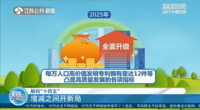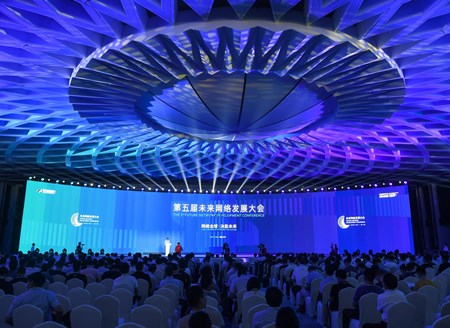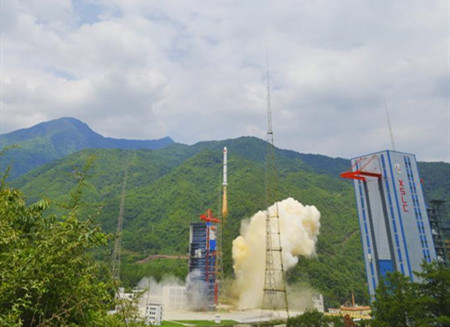China's latest medium and long-term economic and social development plan, approved at the country's top legislature on Thursday, unfurls a roadmap of China's development for the next five years and beyond.
China initiated its first five-year plan in 1953. Over the half-century, the country achieved rapid development with many five-year plans performing as an important mechanism to guide the economic and social activities, one after another.
The latest Outline of the 14th Five-Year Plan for National Economic and Social Development and the Long-Range Objectives Through the Year 2035 is of even greater significance. It is a blueprint for the world's second-largest economy as it kicks off a new journey toward fully building a modern socialist country.
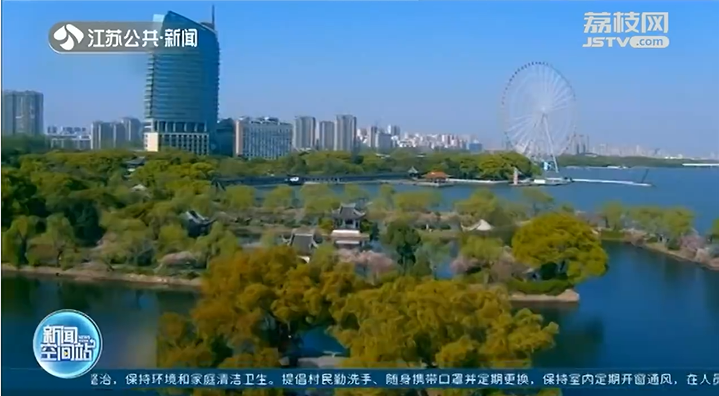
China has set 20 main indicators for economic and social development during the "14th Five-Year Plan" period, covering five aspects that include economic development, innovation drive, people's livelihood and welfare, green ecology, and security.
This is the first time in history that China has decided not to set a specific economic growth target in its draft of a new five-year plan.
Noting that GDP remains an important gauge in assessing China's economic performance during the 14th Five-Year Plan, Wang said that "not setting a specific growth target for the future five-year period will leave more room for nimble policies in the face of uncertainties, risks and challenges."
Wang Changlin is one of the experts that offer advice on the formulation of the new five-year blueprint.
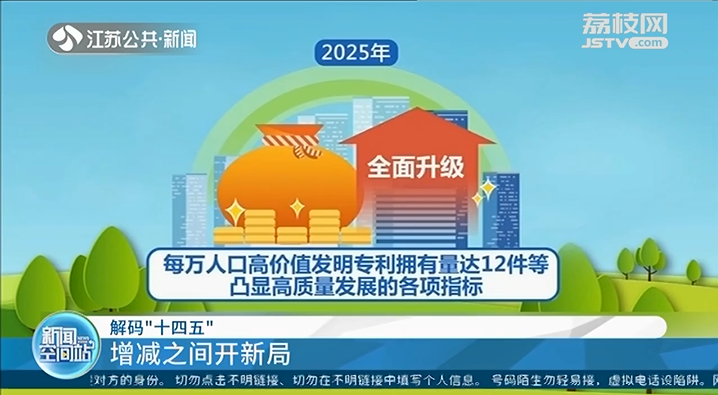
Experts said the most important meaning to draw from China's moderate growth target is that it will help the general public, local officials and various markets to remain confident about the country's economic fundamentals and the near-term prospects.
The expansion of indicators for innovation-driven and green development can better reflect indicator adjustments that keep pace with the times. Driven by innovation, the added value of the core industries of the digital economy will increase to 10% of GDP in 2025 while the R&D expenditure will increase by more than 7% annually. The country will also see 12 high-value invention patents per 10 thousand people during the period.
In the meantime, the blueprint for the country's economic and social development shows the determination of the world's largest developing country to accelerate green development.
According to China's 14th Five-Year Plan (2021-2025), the energy consumption per unit of gross domestic product (GDP) and carbon dioxide emissions per unit of GDP will be reduced by 13.5 percent and 18 percent, respectively, over the period. The country aims to expand forest coverage to 24.1 percent of China's total land area over the next five years.
Green development is a path that China must travel to realize socialist modernization. A complete economic and societal shift to cleaner energy and lower polluting emissions conforms to the Chinese people's expectations for high-quality development.
The new five-year plan also highlighted the importance of food and energies in safeguarding China's security.
The country will stabilize the area of grains sown throughout the year to 116.7 million hectares and increase the area growing corn, the ministry said, adding that output of grains is expected to exceed 650 million metric tons.
